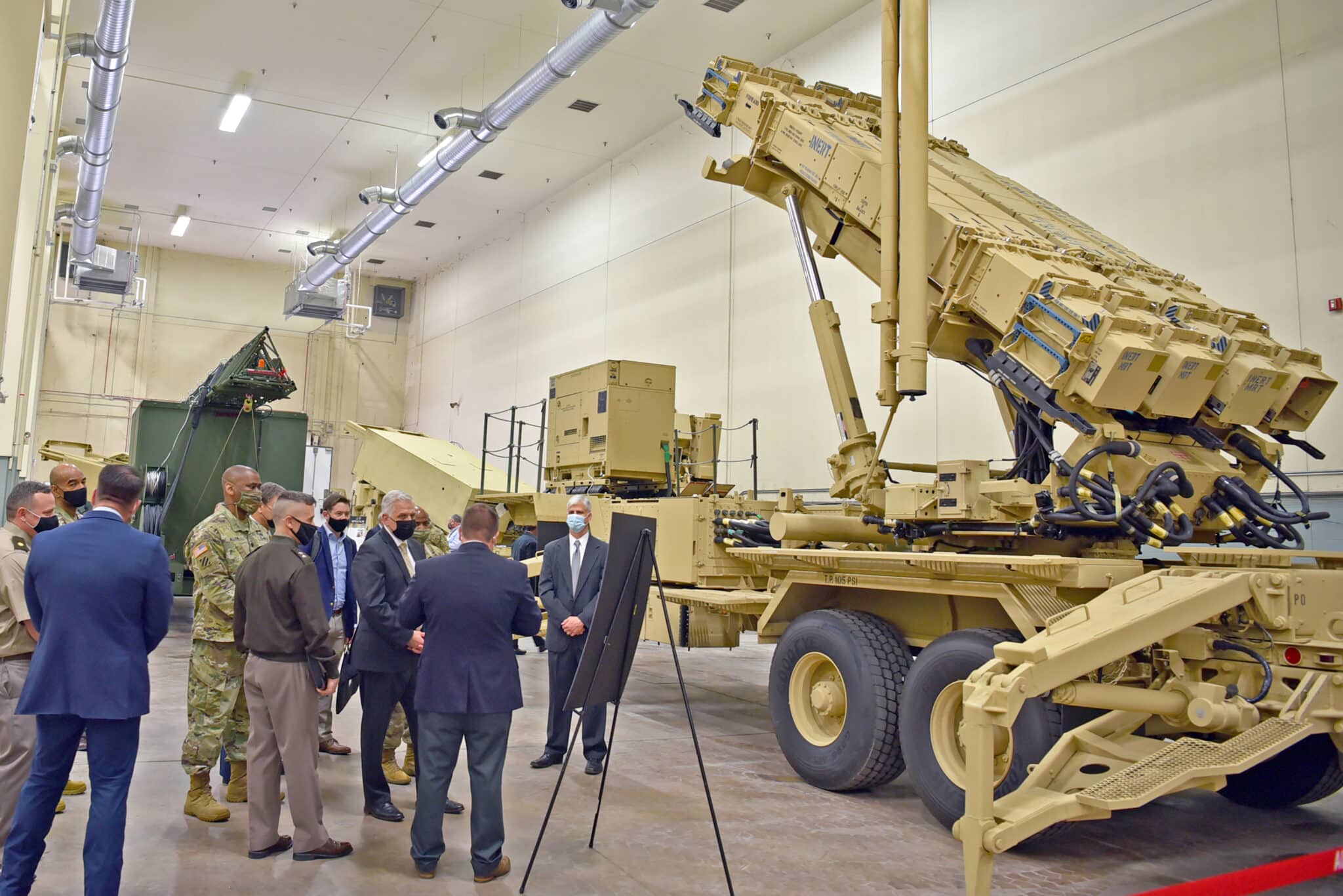The recent start of military operations to strike at the so-called “Islamic State” (IS) has triggered a discussion on how much the campaign will cost and whether we can afford it. We’re glad to see a vigorous debate on this. Too often the U.S. has rushed into military action with little thought as to how we will pay for wars and their aftermath. The cost of wars may begin with “beans and bullets” but it continues in the staggering, long term, financial responsibilities of caring for the injured and the families of the dead.
Actual cost estimates of our most recent engagement are only starting to emerge and are hampered by a lack of clarity about whether this will remain primarily an air campaign. At Taxpayers for Common Sense we have turned our efforts to the question of how the U.S. will pay for its role. We’ve written extensively about the Overseas Contingency Operations (OCO) account, which is meant to be a warfighting fund the Pentagon requests separately from its “base” budget request.
We like the way Chairman of the Joint Chiefs General Martin Dempsey recently described this account. “…this would be a great point for a tutorial on (the) budget. You’re talking about OCO. OCO is gas money. The baseline budget is (what) builds and sustains, trains and equips and organizes a force. We have to separate those when we talk about budget.”
Exactly! OCO is the gas money that should pay for the day-to-day operations of war. Unfortunately, no matter what the Chairman says, the Pentagon isn’t above using OCO as a slush fund for things like eight additional F-35s, (which are not operational for warfighting) at a cost of more than $1 billion! Luckily, the Congress denied that ludicrous attempt to blur the line between actual warfighting versus relieving budget “pressures” in the Pentagon.
Did you sense our sarcasm there? Because we don’t really understand why the Pentagon can’t live within its budget of roughly half a trillion dollars. At a recent press conference Secretary Hagel stated the operations against IS would, “require additional funding from Congress as we go forward.” So, even with a base budget request of $495.6 billion, and an amended OCO request of $58.6 billion (total: $554.2 billion), Pentagon leaders already know they need more money. Come on.
Congress, meanwhile, has mostly been part of the problem. We sympathize with Pentagon officials who made good faith efforts to pursue cost cutting measures like base closures, small changes to the commissary system, and modest reforms to compensation for future military personnel – only to be turned back by Congress. Secretary Hagel and Chairman Dempsey outlined these requested reforms during the budget rollout earlier this year, and we have written and spoken in support of these recommended changes at every opportunity. Because without tackling compensation reform, the biggest ticket item in the Pentagon budget, we can’t make common sense decisions about weapon systems and all the other important things the Pentagon buys.
And while we don’t agree with everything Deputy Secretary of Defense Bob Work said recently, we do agree Congress is hamstringing the Pentagon when it comes to compensation reform due to a lack of political will. Congress withers in the face of the special interest groups who rush to the ramparts to proclaim that any modest attempts to reform compensation for future service members means Congress is “breaking faith” with the troops. We’d like to see them look Hagel and Dempsey in the eye and repeat that ridiculous assertion.
It’s past time for the Congress to give the Pentagon some leeway to make some cuts. And high time for the Pentagon to learn to live within its half-trillion dollar budget.











Get Social